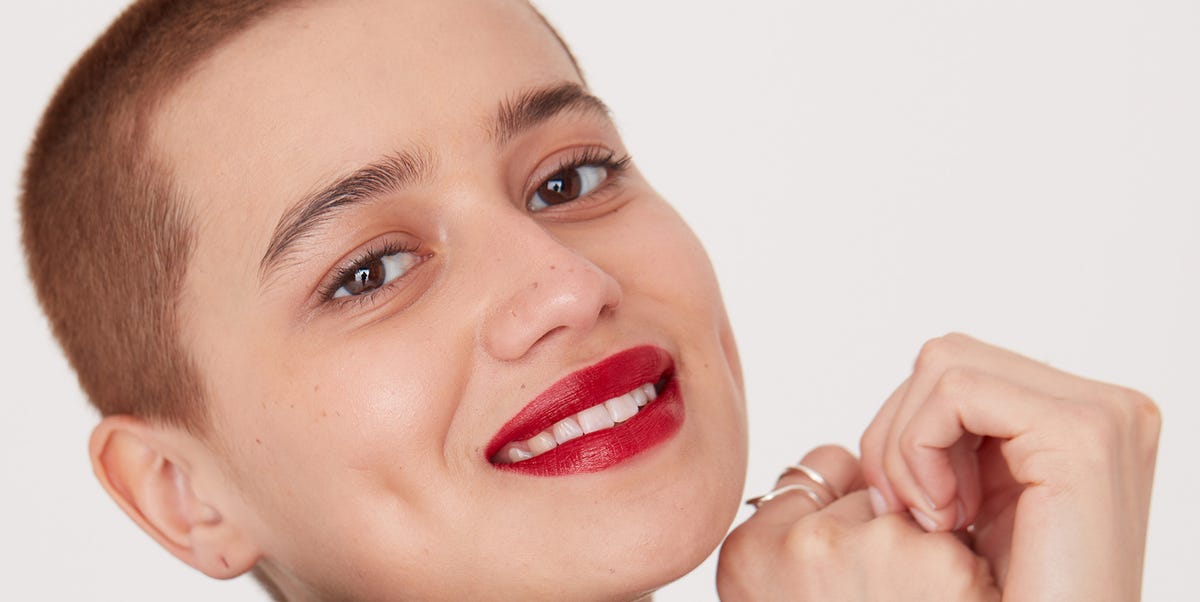You know that clean beauty is good for you, but do you actually know what clean beauty is? It can be tricky to figure out, because “clean” and “natural” (the other word that’s become ubiquitous in beauty marketing) can mean a lot of different things. That’s because there’s still no standard definition for these terms in the U.S.
Perhaps renewed pressure will help move things forward. The Editorial Board of The New York Times recently made a plea for reforms, pointing out that the laws the Food and Drug Administration uses to regulate products and ingredients haven’t been updated since 1938.
Despite the limited amount of oversight, the clean beauty market continues to grow. If you’re a newbie, don’t worry—shopping for clean products isn’t as intimidating as you might think. Before you dive in, here are four key things to know.
1. It’s important to read the labels—diligently
While we don’t have crystal clear definitions, the word “clean” often means free of chemicals (like sulfates, parabens, and phthalates), and “natural” usually indicates plant-based ingredients (like jojoba oil or aloe), minerals (such as zinc oxide), and animal-based ingredients (like beeswax or milk). Despite those distinctions, the terms are frequently used interchangeably. (To avoid confusion, we’ll stick with “clean” for the rest of this article.)
It’s not a perfect system, but checking your labels for these specific ingredients or lack thereof can help you figure out what’s legit and what might just be lip service.
Internationally, there are organizations that verify the source and quality of ingredients and certify natural and organic products, like EcoCert and NaTrue, which have official seals. There is also the International Standards Organization (ISO), which isn’t a certifying body, but has developed consensus-based criteria for natural and organic cosmetics.
The beauty brand Burt’s Bees has adopted the ISO standards, and as a result, the company is rolling out new product packaging that will list the percentage of natural origin on the front. Expect to see new, ISO-based ingredient claims (like “100% natural origin”) on your Burt’s Bees favorites, like the classic Beeswax Lip Balm shown above.
2. You can buy clean beauty products just about anywhere
Ten years ago, you couldn’t just walk into any store and shop for clean beauty—you typically had to order from a speciality retailer and wait two weeks for your products to arrive by mail. Now, you can buy clean makeup and skincare at the same place you pick up toilet paper.
Target has expanded its clean offerings over the last few years, and now carries dozens of clean beauty products under $15. Even CVS has taken steps to attract more ingredient-conscious consumers. They’re in the process of removing parabens, phthalates, and formaldehyde from their in-house brands by the end of this year.
Sephora recently rolled out a special “Clean at Sephora” seal to make it easier for shoppers to find items that don’t contain iffy ingredients like formaldehyde and sodium lauryl sulfate. And if you’re looking for luxury clean beauty products, you can’t beat the selection at Credo.
3. You don’t need to toss your entire synthetic stash immediately
If you want to go the clean route, you can ease into it by replacing one thing at a time. Mascara is a great place to start, as it’s best to use a new tube every three months. (We’re into the Burt’s Bees Nourishing Mascara pictured below). Then, just keep exploring your clean beauty options and incorporating new discoveries as you see fit. Taking baby steps will help ensure that you find products you actually like.
4. Clean beauty extends to a product’s packaging, too
Beauty shoppers aren’t just paying closer attention to what their products are made of—they’re also scrutinizing the packaging. Many veteran clean brands have been mindful of waste for years; the packaging and labels on Burt’s Bees Lip Balms and Lip Shimmer are cellophane free, and the company uses an average of 52% post-consumer recycled plastics across its entire portfolio. Today, more and more companies are getting into sustainable packaging.
The opportunity to buy a clean product that’s also better for the planet is an added bonus for anyone who’s really looking to make a difference not just for themselves, but also for the environment. When you’re shopping, look for factors that impact how eco-friendly a product’s packaging is, like whether it’s made from recycled, biodegradable, or renewable materials.
Once you’re finished with a product, recycle it curbside whenever possible (just look for the recycling symbol on the back). Many smaller products (like makeup tubes and compacts) may be too small to be captured by conventional recycling equipment, but shipping those items to a company like TerraCycle, which specializes in hard-to-recycle waste, is a great option. Terracycle partners with beauty and personal care brands (including Burt’s Bees) to take back empty packaging—and it won’t cost you a dime.
